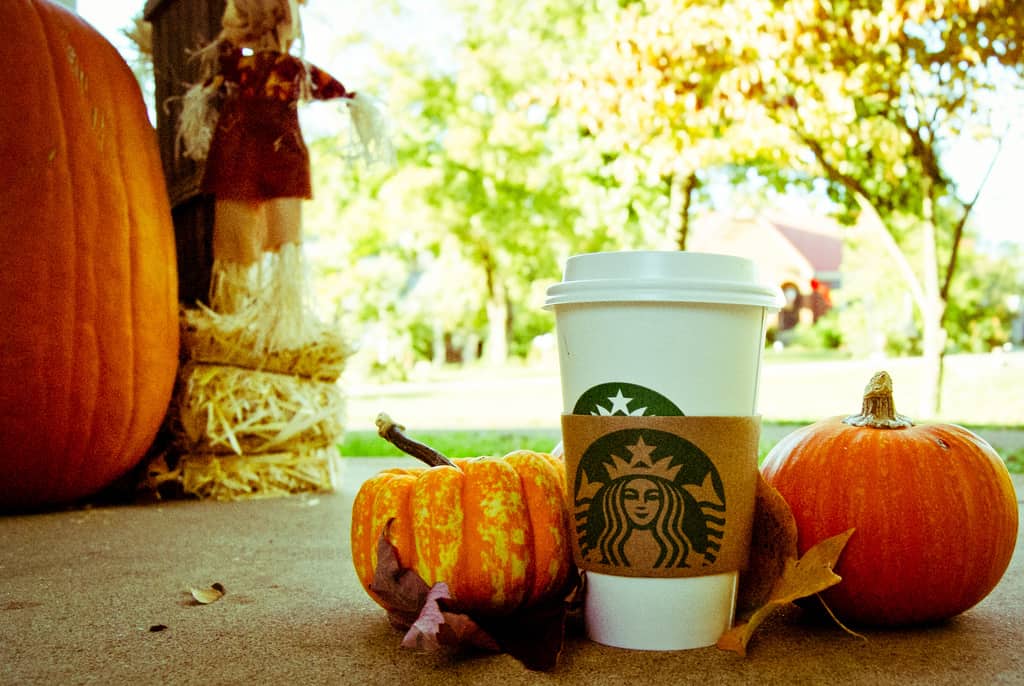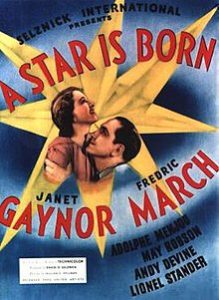 Well, it’s that time of year again. We’ve all seen the ads and we’ve all heard the commercials. Some of us can’t stop talking about the elephant in the room, some bemoan that it seems to creep earlier and earlier every cycle, and some just wish it were over. Whether you anticipate or dread it, none of us can deny that now, in late-October 2016, we are smack-dab in the middle of – pumpkin spice season.
Well, it’s that time of year again. We’ve all seen the ads and we’ve all heard the commercials. Some of us can’t stop talking about the elephant in the room, some bemoan that it seems to creep earlier and earlier every cycle, and some just wish it were over. Whether you anticipate or dread it, none of us can deny that now, in late-October 2016, we are smack-dab in the middle of – pumpkin spice season.
Yes, that’s right, pumpkin spice. Basically the best and most comforting flavor ever to grace a dessert table. Or latte. Or beer. Or candle, soap, you name it. I am unabashedly and firmly in the pro-pumpkin spice camp. Pumpkin spice has come to be a hallmark of Autumn in the United States, though I wouldn’t mind pumpkin spice being on the menu all year round. If you’re of the same mind, you should know that the Dedham Square Coffee House has Pumpkin Spice Latte’s on the menu all year, and they’re as fabulous in April as they are in October.
Some however, claim that the pumpkin spice phenomenon has gone too far. After all, pumpkin spice has spread far beyond the traditional Thanksgiving pumpkin pies of yore, and has infiltrated nearly every aspect of Fall in the US. You can find pumpkin spice lattes, chips, granola bars, tea, beer, muffins, cream cheese, and much more.
A strong argument can be made that Starbucks is chiefly responsibility for the current pumpkin spice explosion.. The coffeehouse giant developed the Pumpkin Spice Latte in 2004 to capitalize on the Fall season, having already had great success with seasonal winter beverages such as Peppermint Mocha and Eggnog Lattes. The recipe was an instant sensation, and more and more companies have been jumping on the pumpkin spice band wagon ever since. For further discussion and interesting tidbits about all things pumpkin spice, visit the Pumpkin Spice Blog hosted by the University of Oregon.
Pumpkin spice naysayers are also quick to point out that there’s not actually real pumpkin in pumpkin spice products, and that you’re really just tasting cinnamon and other spices. In fact the iconic Starbucks Pumpkin Spice Latte does now include a small amount of pureed pumpkin, though, and the ingredient labels for many other products do claim the inclusion of real pumpkin. Regardless, and I assume I speak for many pumpkin spice lovers, we don’t care. Cinnamon, allspice, cloves, and ginger are traditional pairings for pumpkin, as I maintain the name “pumpkin spice” clearly implies. We’re after the pumpkin pie flavor, and these products don’t disappoint.
Modern Americans are not alone: apparently, no one has ever enjoyed the flavor of plain unadulterated pumpkin. Even the earliest recorded recipes for pumpkin advise the addition of savory or sweet ingredients. According to the book “Vegetables: A Biography,” pumpkins and other squash were among the first crops cultivated by humans. Prized in some cultures for their seeds and in others for their flesh, squash have been an important part of the global diet for about as long as we’ve been preparing food.
Given the late harvest for pumpkins and the fact that they overwinter so well, they were an important staple in Colonial America. A 1672 recipe for stewed pumpkin, originally recorded by John Josselyn, is reprinted in the book, “Giving Thanks: Thanksgiving Recipes and History, from Pilgrims to Pumpkin Pie.” Pumpkin pie as we think of it today was probably not served at the first Thanksgiving feast however, since the ovens necessary for baking pie crusts were not available in the colonies at that time. According to the What’s Cooking America website, the first recorded “modern” pumpkin pie recipe appeared in a cookbook by famous French chef Francois Pierre la Varenne in 1651, “The True French Cook.”
We all have different tastes, and I don’t expect to make any converts with this brief article. However, pumpkins and their spices have always been part of our cultural diet, and our heritage. You could choose to see pumpkin spice as a symptom of aggressive marketing in a consumerist culture – or you could see it as a tasty act of patriotism.
Liz Reed is an Adult Services and Information Librarian. Find her column in the October 27th edition of the Norwood Transcript.



